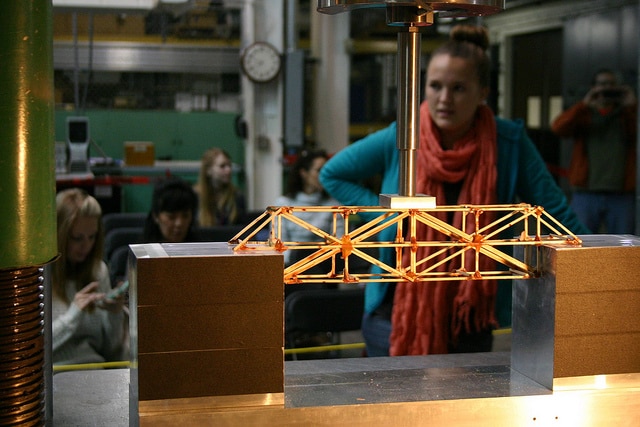
The new University Learning and Teaching Policy, 2015 requires us to have authentic assessments in our courses. But what is an authentic assessment, and how do we best design one? Like all assessment, authentic assessments are tasks that measure whether students have learned to do things. But unlike contrived tasks, they are based on real-world professional scenarios and/or discipline practices. For example, an authentic assessment in a Health Professional program could require students to create a management plan based on realistic referral letters. An authentic assessment in an Arts program could require students to develop a persuasive argument on a topic using primary sources, e.g., a choice of Cicero’s speeches. Students are engaged by authentic assessments because they see them as being relevant to the study of a discipline and/or their future careers.
Authentic assessments require students to produce or perform rather than only reproduce (information/knowledge). They are therefore typically measures of higher order learning outcomes at the levels of ‘create’, ‘evaluate’ and/or ‘analyse or apply’ (Bloom’s Revised Taxonomy).
The first step in designing an authentic assessment then is to ask yourself, ‘What do I do in my daily discipline practice or research, or what do professionals like me do in their professional practice?’ Then match a similar task, which students could tackle, with your intended learning outcomes. Your intended learning outcomes are what you want students to be able to do. If you want students to apply their knowledge to realistic situations, then set them realistic tasks, but set limits and provide guidance so as not to cause them unnecessary anxiety. Examples of authentic assessments from around the University include producing a final creative work and giving a mock gallery presentation, and designing and conducting an experiment to answer a real-world ecological question (e.g., about water bird communities). Take a look at this student’s amazing research report (in the form of a blog) for a public audience about the history of an organisation outside the University. This student said that in doing their assessment “I caught a glimpse of the ‘historian life’; something I thought I’d never experience as an undergraduate”.
You don’t have to make major changes: just checking your written exam questions for authenticity is a useful step. For example, the question, “Outline the main characteristics of directive and supportive leadership styles” could be rewritten as, “Consider two types of leadership styles, directive and supportive. Explain aspects of each that might suit: 1. A voluntary association, 2. A business employing mostly casual staff” (Professor Royce Sadler). In other words, this more authentic question focuses on measuring students’ ability to integrate and apply what they know about leadership styles to real-world examples.
Finally, in designing more authentic assessment, show your draft design to a colleague for feedback or better still, design your authentic assessments collaboratively with colleagues from related units of study.




